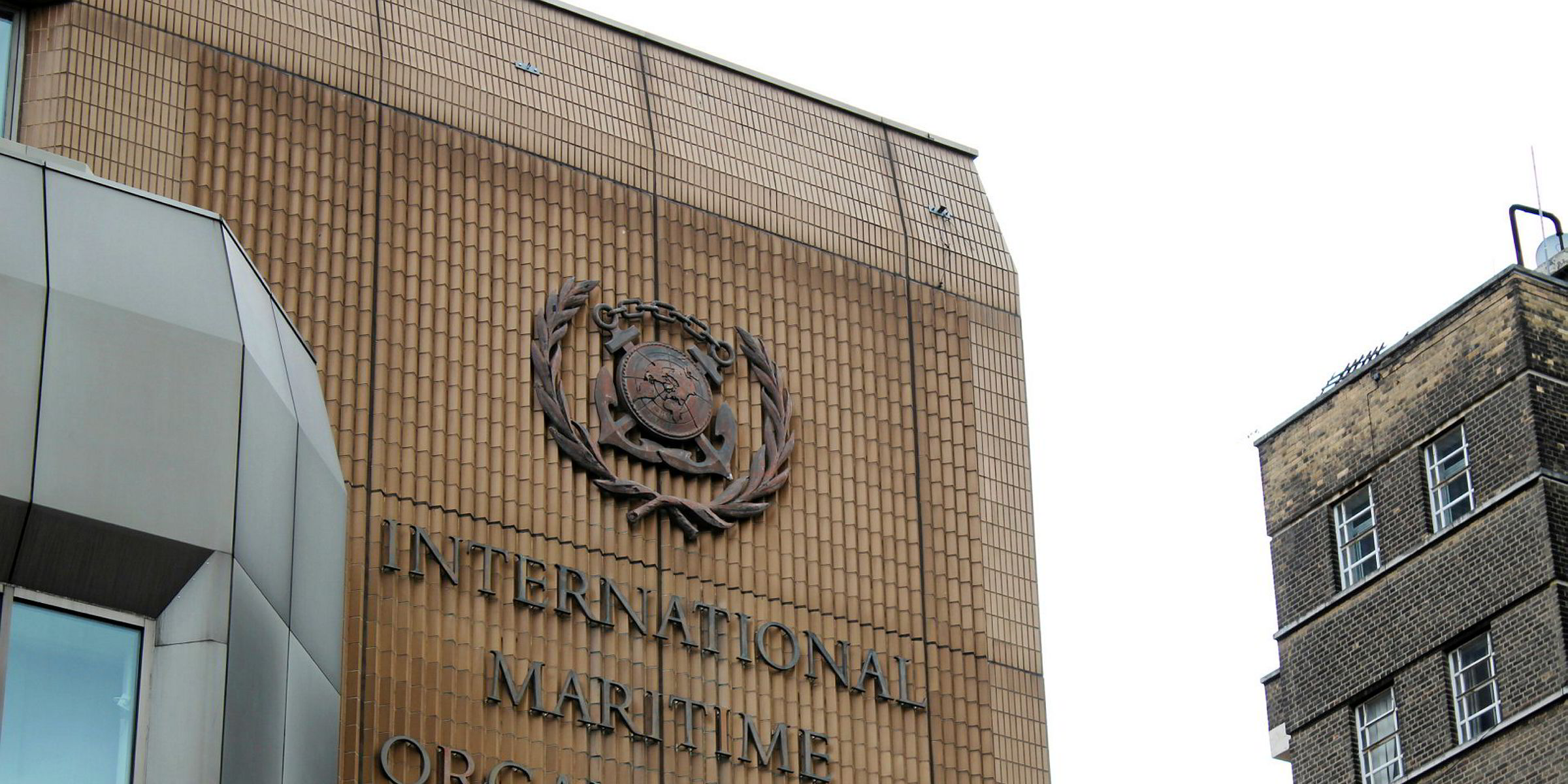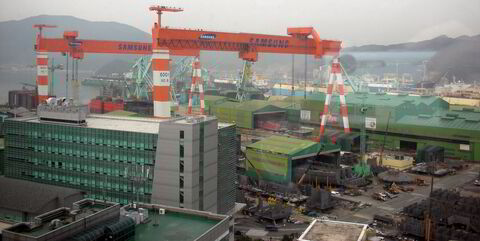The focus of the IMO’s 2020 emissions regulation has largely been on fuel availability. But analysts now say it will have significant impacts for shipping markets.
The prospect of a price hike in fuel costs of $600 to $650 per tonne for low-sulphur marine gas oil (MGO) in the initial post-2020 period will bring fuel prices back to their highest level since 2011.
That recent peak in marine fuel prices was enough to spark widespread slow steaming, and there is a consensus among market observers that there would be a further fall in operating speeds under the post-2020 higher fuel price regime.
Analysts estimate speeds could be cut by between 1% and 5% at a price differential of $600 per tonne between heavy fuel oil and low-sulphur MGO.
London-based Maritime Strategies International (MSI) has modelled the affect of slower speeds on shipping capacity, with an average 10% slowdown in speed reducing overall shipping capacity by 7%.
MSI analyst Will Fray told TradeWinds: “This could have a significant impact on market balances.”
So how could a hike in fuel price and shipping capacity reshape the market?
Speed reduction could buoy both the tanker and dry bulk markets, with the 2020 regulation coinciding with a period of reduced newbuilding deliveries.
Competitive edge
Fuel costs will become a more significant factor in competition between shipping companies. This will mean the most efficient ships will have the competitive edge, while the less-efficient vessels will be marginalised, potentially bringing forward their final journeys to the demolition yard.
Demolition could also be accelerated by other upcoming regulations that will require capital expenditure on behalf of owners, such as fitting ballast water treatment systems.
Increased regulation is likely to result in lower operating speeds. That is going to take time for the markets to adjust to and, in the short term at least, have a positive effect on reducing capacity
Shipyards could benefit as demand ramps up for modern, fuel-efficient vessels.
However, analysts warn that after an initial hike fuel prices will start to slide as cleaner fuels become more readily available.
But other upcoming regulations will also drive speed reduction.
In a bid to show that shipping is doing its bit to meet the Paris climate agreement, the IMO is under pressure to come up with a roadmap by April that will chart a route towards reducing shipping's greenhouse gas emissions by as much as 70% by 2050.
Operational measures, such as speed reduction, are increasingly being viewed as the most effective solution as alternative fuels, ship efficiency and technology are unlikely to deliver the sort of quick fix the IMO is seeking.
Indeed, some observers say speed reduction will be essential if the IMO is to achieve the ambitious targets that are currently under consideration.
Design measures, such as the energy efficiency design index, are also encouraging ship designs with lower operational speeds.
And while speed restrictions have been traditionally touted by environmental groups, such as Seas at Risk, influential shipping countries are now starting to consider the measures.
It is not clear how this might work, whether the IMO could set a maximum speed, or perhaps reduce existing operating speeds by 10%.
One analyst said: “One way or another, increased regulation of emissions is likely to result in lower operating speeds. That is going to take time for the markets to adjust to and, in the short term at least, have a positive effect on reducing capacity."



